Daily living aids
Healthy Eating and Making Things Easier in the Kitchen
Maintaining Health, Independence, and Confidence in the Kitchen
The kitchen is often called the heart of the home, a cosy space for comfort, creativity, and connection. However, for people living with arthritis, mobility challenges, or a disability, everyday kitchen tasks can sometimes seem more like obstacles than sources of joy.
The good news? With a few clever adaptations, thoughtful planning, and supportive products (like our non-slip range), you can bring back pleasure, safety, and independence into your cooking routine.
Cooking with Confidence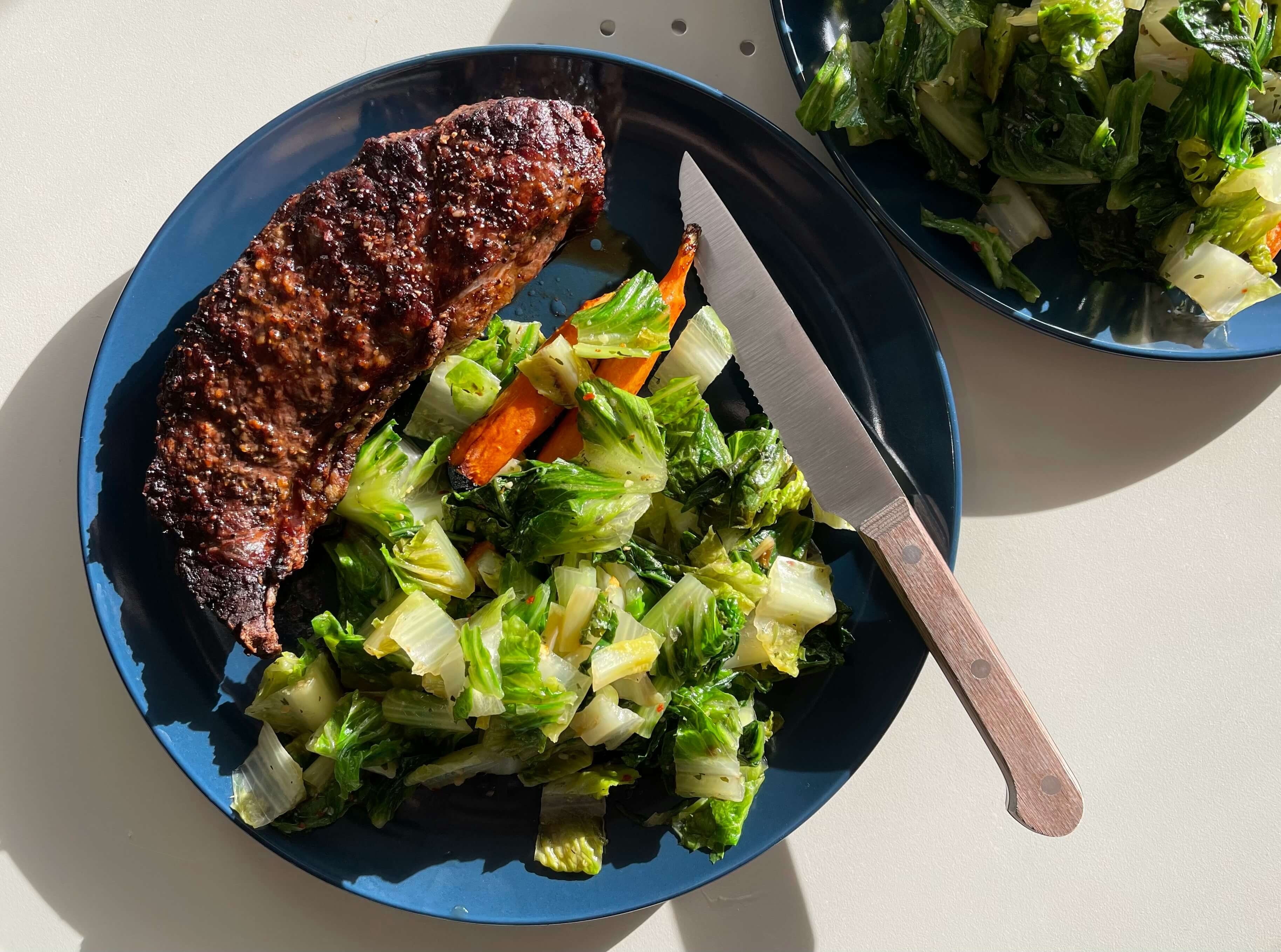
According to Arthritis UK in their article “Arthritis and kitchen hacks: Easy ways to eat well” (2021), preparing meals doesn’t have to be tiring.
The first step is organisation. Keep frequently used ingredients and utensils at waist height to prevent bending or stretching. Where possible, sit down to prepare food, saving energy and easing strain on your joints.
If keeping items stable while chopping or mixing is a challenge, Tenura non-slip mats and anti-slip coasters can hold everything securely. This allows you to concentrate on the recipe rather than the difficulty, making cooking safer and more enjoyable.
Independence in the kitchen often comes from minor environmental adjustments, such as swapping heavy cookware for lightweight pans, using slow cookers to minimise standing time, or adding Tenura anti-slip floor stickers near your sink or stove can make a significant difference. These subtle changes rebuild confidence, lower risks, and help you rediscover freedom in your own home.
Healthy Eating and Disability
A nutritious diet is essential for maintaining independence, energy, and wellbeing. For individuals with limited mobility, carrying extra weight can increase joint pain, cause fatigue, and even impact mental health and motivation. However, eating healthily doesn’t have to be complicated — it’s all about balance, preparation, and accessibility.
Cooking at home lets you control ingredients and portion sizes, something strongly encouraged by Arthritis UK. With Tenura’s non-slip mats, grips, and stabilising aids, everyday cooking becomes safer and easier. When utensils, bowls, and pans stay steady, you save energy and maintain consistency - both essential for a sustainable, healthy diet.
Batch cooking is an excellent way to simplify healthy eating. On days when you have more energy, prepare simple, nutritious dishes such as soups, stews, or salads, then freeze portions for later. Using aids like kettle tippers, ergonomic cutlery, and jar openers can make meal prep much less daunting, especially if you experience fatigue or joint pain.
For more practical tips, Arthritis UK shares guidance on simple kitchen hacks for eating well, this article provides excellent insights for making healthy eating more accessible.
Setting Yourself Up for Success
Preparation is key. Stock your cupboards with essentials, use frozen or pre-chopped vegetables to save time and effort, and keep your workspace organised so you don’t need to move around too much.
Practical steps include:
- Keep commonly used items within easy reach to avoid bending or stretching.
- Use lightweight or double-handled cookware to reduce strain.
- Create a comfortable work zone where you can sit or stand safely.
- Use Tenura’s non-slip mats under bowls and boards, and anti-slip trays or coasters to prevent spills.
Good lighting, clear work surfaces, and simple meal plans can also significantly enhance the ease and enjoyment of cooking.
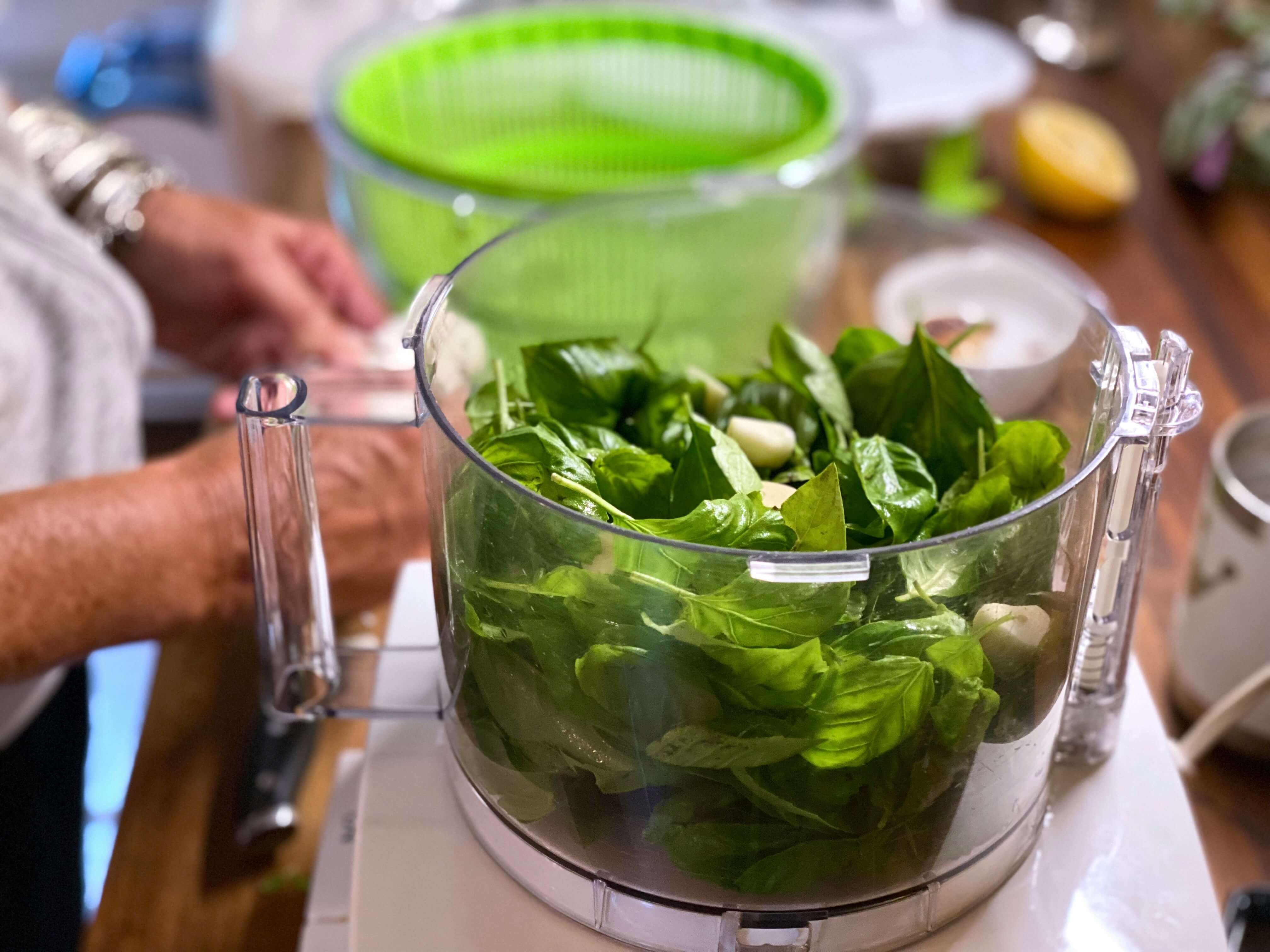 Bringing Joy Back into the Kitchen
Bringing Joy Back into the Kitchen
Living with a disability doesn’t mean giving up your independence or your love of cooking; it simply involves adapting your space to suit you.
At Tenura, we believe that safety, comfort, and confidence are inextricably linked. Whether you’re preparing a hearty meal, carrying a hot drink, or simply enjoying breakfast, our non-slip products are designed to support your independence and well-being.
Next time you’re in the kitchen, take a moment to look around! Perhaps your chopping board could use some extra grip, or your floor might benefit from improved traction. Small tweaks can significantly enhance your safety, comfort, and enjoyment.
After all, the best recipes aren’t just about the ingredients — they’re about confidence, comfort, and a dash of independence.
How to Stay Safe During a Fire When Living with a Disability
Fire safety is essential for everyone, but for people living with disabilities, it can present unique challenges. Mobility issues, sensory impairments, or cognitive conditions may make it harder to detect a fire, react quickly, or evacuate safely.
Fortunately, with the proper planning and equipment, it’s possible to stay safe and maintain independence. In this blog, we’ll explore practical steps and valuable resources to help you prepare, stay calm, and act effectively during a fire, all while utilising accessible aids and products designed to support safety at home.
 Planning Ahead
Planning Ahead
The best way to stay safe during a fire is to prepare in advance. The London Fire Brigade and Fire England recommend creating a Personal Emergency Evacuation Plan (PEEP). This is a customised plan that considers your mobility, communication needs, and home layout.
Here's what you can include…
- Identify escape routes: Keep them clear of obstacles and ensure they are suitable for mobility aids or wheelchairs.
- Install smoke alarms: For those with hearing impairments, use alarms with strobe lights or vibrating pads that can wake you during the night (as recommended by Tyne & Wear Fire and Rescue).
- Practice your plan regularly: Rehearsing your escape builds confidence and ensures everyone in the household knows what to do.
- Inform your local fire service: Many UK fire services offer free home safety visits and can provide tailored recommendations based on your needs.
- The GOV.UK fire safety guidance also emphasises the importance of keeping a phone nearby your bed and ensuring your address and contact details are easily accessible in an emergency.
Staying Safe
If a fire does occur, the most important thing is to stay calm and act quickly.
Get out, stay out, call 999 (if you can safely do so)
If you can't evacuate, move to a safe room (preferably near a window) and block smoke by placing towels or a blanket down around the door.
Call for help immediately and let the operator know you have a disability so the emergency responder can plan their approach.
For individuals with mobility impairments, keep mobility aids such as wheelchairs, walking frames, or transfer boards readily available at all times.
For those with visual impairments, practice navigating escape routes by touch, as advised by GOV.UK’s fire safety for people with sight difficulties.
Remember – Never try to tackle fire yourself. Getting yourself to safety is always the priority.
Community and Support
You don’t have to manage fire safety on your own. Most fire and rescue services across the UK offer free home fire Safety visits for people with disabilities, where they can access your home and install specialist alarms or devices. Organisations such as the London Fire Brigade, Tyne & Wear Fire & Rescue, and Fire England all encourage residents to register with their local fire service if they have additional needs, ensuring emergency responders know how to assist you in a fire.
Additionally, local councils and disability charities often have resources and checklists to help you prepare. Having a trusted neighbour, carer, or friend who knows your escape plan can also be invaluable.
To Conclude...
Fire safety doesn't have to compromise independence. By taking proactive steps (planning ahead, adapting your home and using assistive products), you can create a safer, more accessible living environment.
With preparation, support and awareness, everyone can feel secure and confident in their ability to stay safe during a fire.
Links:
The London Fire Brigade offers a free home fire safety visit. Visits can be arranged at any time (24/7), and specialist alarms can also be fitted – for example, strobe light and vibrating pad alarms for individuals who are deaf or hard of hearing.
https://www.london-fire.gov.uk/safety/the-home/home-fire-safety-visits/
Or you can use the Home Fire Safety Checker, provided by the London Fire Brigade. It only takes a few minutes and will provide you with tailored advice on the safety of your home.
https://www.london-fire.gov.uk/safety/the-home/home-fire-safety/home-fire-safety-checker-hfsc/
Information about fire safety for Carers https://fireengland.uk/fire-safety/fire-safety-carers
Creative Ways to Use Tenura Grip Strips
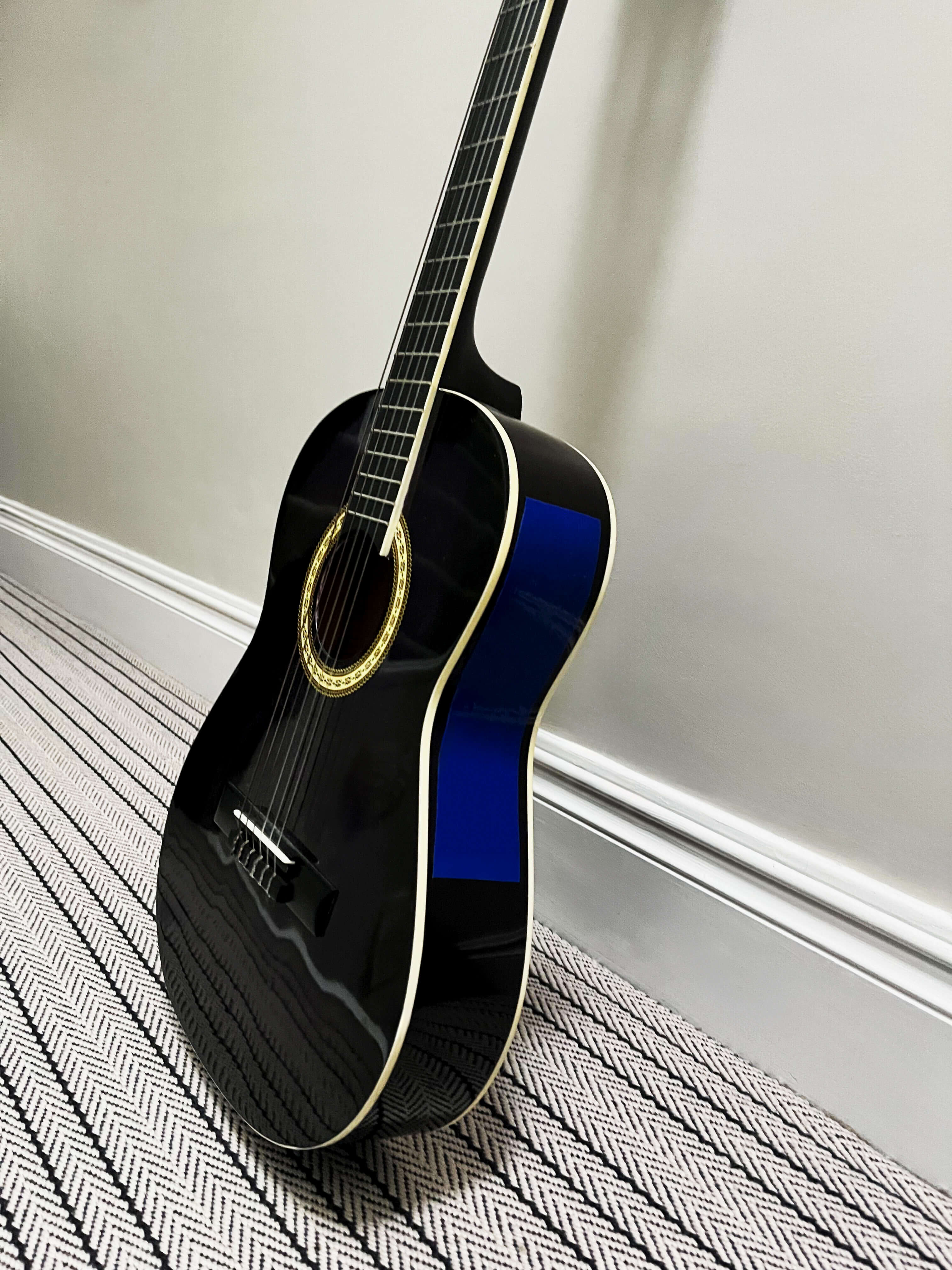 At Tenura, we know grip strips are the go-to solution for improving stability and preventing slips in various environments. Traditionally, they’re used to anchor items in place, from securing a cutting board in the kitchen to preventing tools from slipping on workbenches. But what if we told you that is merely scratching the surface of creative possibilities?
At Tenura, we know grip strips are the go-to solution for improving stability and preventing slips in various environments. Traditionally, they’re used to anchor items in place, from securing a cutting board in the kitchen to preventing tools from slipping on workbenches. But what if we told you that is merely scratching the surface of creative possibilities?
Grip strips are more versatile than you might think. Their flexible, tacky, non-slip design opens the door to various imaginative (and genuinely helpful) alternative applications. Not to mention they are cut to size! This leaves so many possibilities open for you to get creative! On that note, let’s dive into some clever ways to use your Grip strips in everyday life, many of which may surprise you!
No more Slippery Specs
It is a universal experience to get frustrated with your glasses sliding down your nose every 5 seconds; it's time for a solution. Cut a small piece of the grip strip and stick it to the inner side of the arms (behind your ears). It's discreet, comfortable, and adds just the right amount of friction to keep your specs in place!
DIY Wind Blocker (for Microphones)
Need to do a bit of on-the-go recording, but don’t have a windscreen for your mic? Wrap a grip strip loosely around the head of your microphone. The porous, rubbery texture can act as a makeshift wind blocker, muffling harsh wind sounds while improving grip during handheld use (it’s a win-win!)
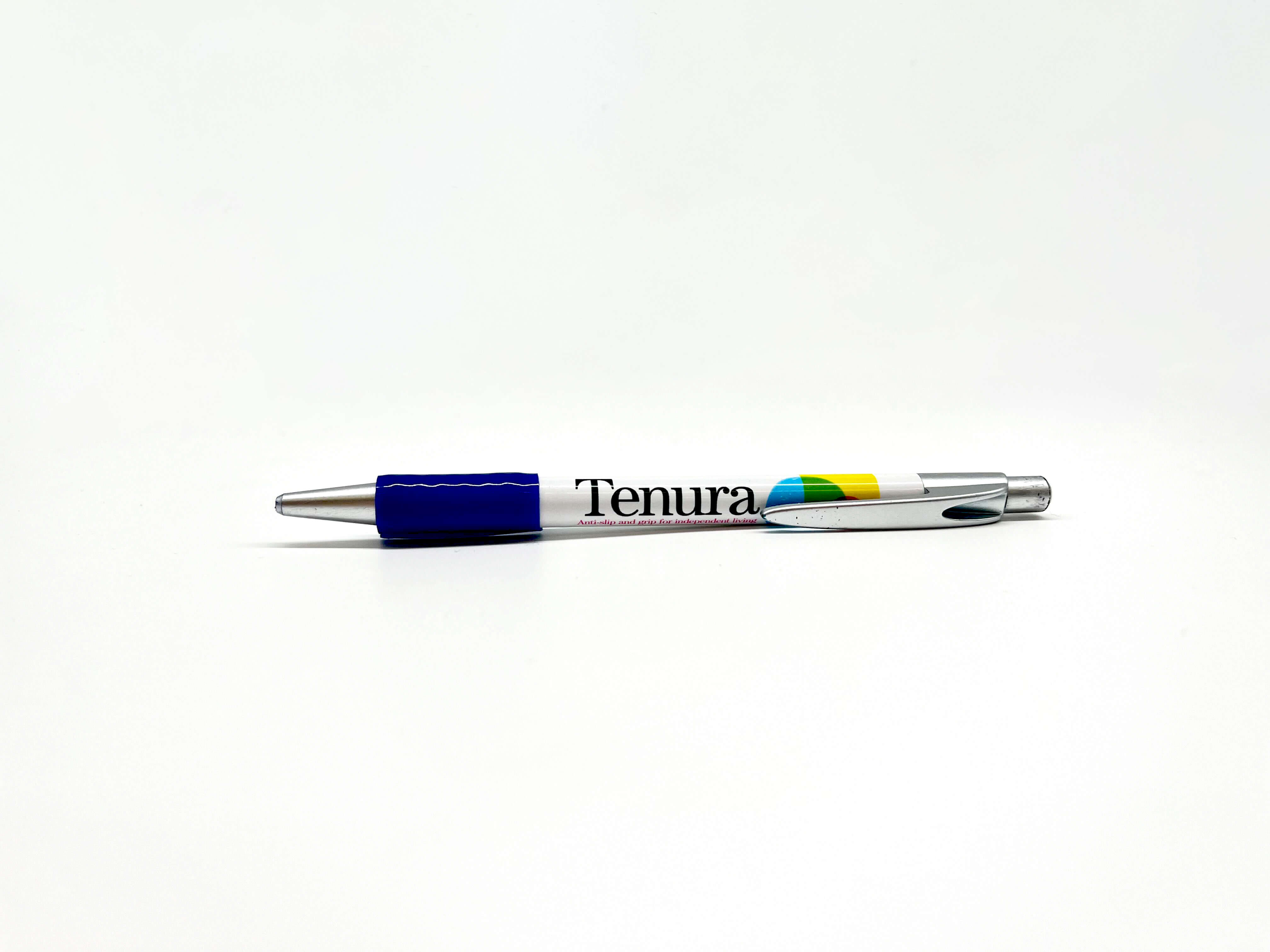 Ergonomic Pen or Pencil Grips
Ergonomic Pen or Pencil Grips
If you struggle with hand fatigue while writing or drawing, this is for you! Wrap a small trip around your pen or pencil to instantly create a soft, grippy surface. Ideal for people with arthritis, children learning to write, or anyone who appreciates a more comfortable, non-slip hold.
Game Controller Enhancer
Rotting on your game for long hours? Stick some strips to the back of your controller to reduce slip from sweaty hands. Bonus: It gives the controller a soft cushion feeling, enhancing comfort during marathon sessions and reducing the risk of moulding your hands to the controller!
Anti-Slip Mug Band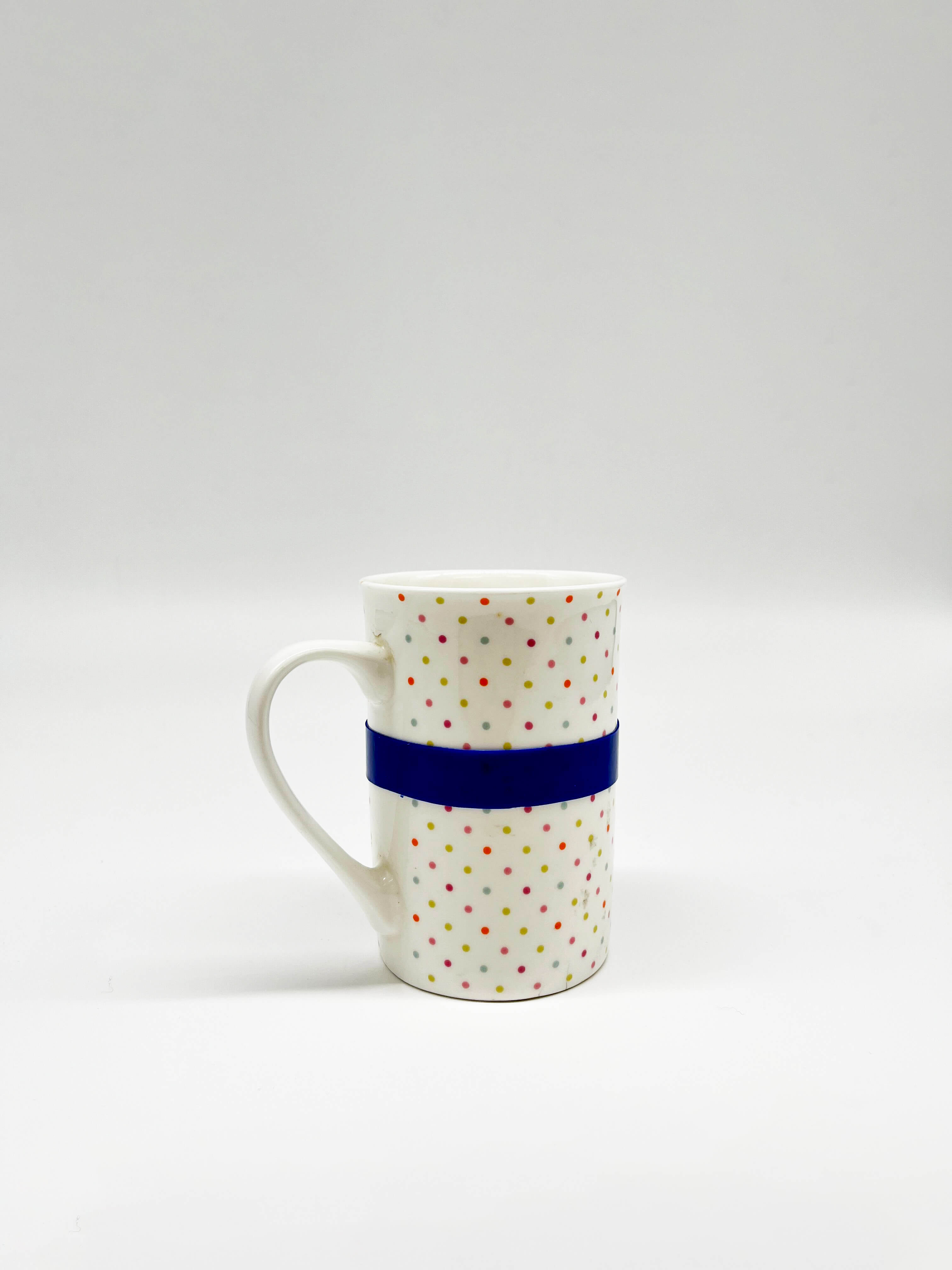
Create a custom anti-slip band for your coffee mug! Wrap a gip strip around the body of your mug to prevent it from slipping out of your hands, perfect for seniors, kids, or anyone with dexterity challenges.
Heel and Toe Pad grip for Shoes
Stick Grip strips inside your heels or under the toe box for added traction. It’s a brilliant solution for people whose shoes don’t fit quite snugly and those looking to avoid blisters caused by excessive sliding.
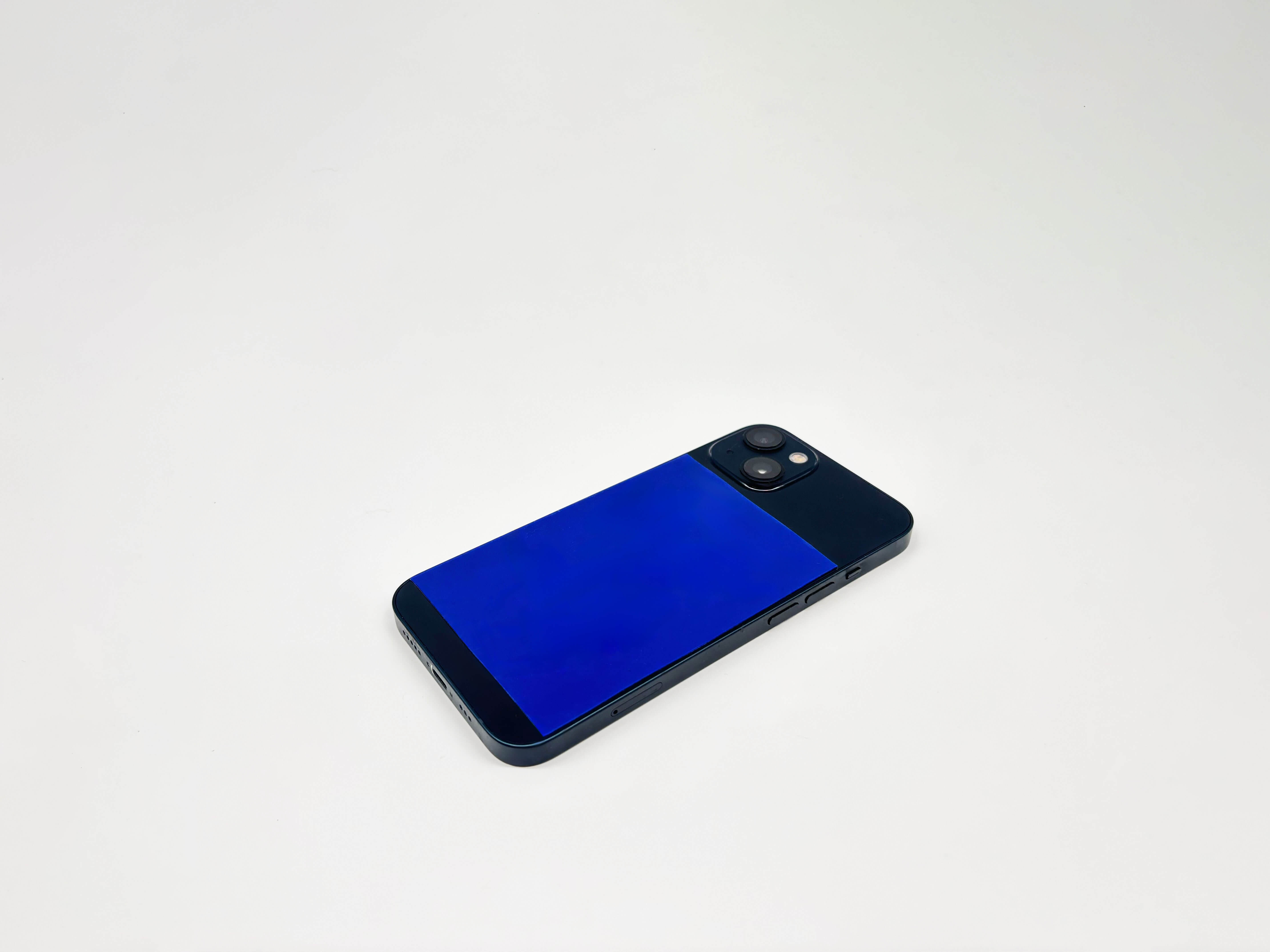 Non-slip Smartphone Grip
Non-slip Smartphone Grip
Cut out a neat square of grip strip and stick it to the back of your phone case. Boom – Instant non-slip surface. You could even use it as a discreet phone grip for a more secure hold.
Backpack Strap Comfort
Wrap the grip strip around the shoulder straps of your backpack to stop them from sliding off your shoulders, which is especially helpful for outdoor adventures, school backpacks, or work commutes. Plus, they add a bit of extra padding!
What makes Tenura Grip Strips ideal for all these unconventional uses?
- Non-toxic and latex-free
- Durable and washable
- Soft and flexible
- Leaves no residue
- Reusable and cut-to-size
With endless adaptability, Grip Strips are the kind of tool you didn't know you needed – until you start using them creatively.
In conclusion, make sure not to limit your grip strips to just one purpose. With some creativity, you can transform them into clever problem-solvers for dozens of daily challenges. Whether you’re looking to stabilise, cushion, or imply stop something from slipping, Tenura Grip Strips are the flexible friend you need in your toolbox (or kitchen drawer, glove box, desk… you get the idea)
Got an Ingenious Use for Tenura Grip Strips?
We’d love to hear how you use Tenura Grip Strips outside the box! Please share your ideas with us on social media using #TenuraGripStrips and tag @tenurauk
Tenura at REHACARE 2025
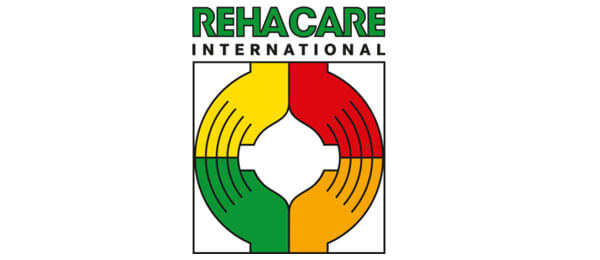 Last week, the Tenura team had the pleasure of attending REHACARE INTERNATIONAL 2025 in Düsseldorf – and what an incredible experience it was! As the world’s leading trade fair for rehabilitation, prevention, inclusion, and care, REHACARE brought together over 34,000 visitors from 88 countries, and we were thrilled to be a part of it.
Last week, the Tenura team had the pleasure of attending REHACARE INTERNATIONAL 2025 in Düsseldorf – and what an incredible experience it was! As the world’s leading trade fair for rehabilitation, prevention, inclusion, and care, REHACARE brought together over 34,000 visitors from 88 countries, and we were thrilled to be a part of it.
We spent an action-packed few days connecting with resellers, new customers, and industry professionals from across the globe. It was a fantastic opportunity to share our passion for independent living and showcase the range of non-slip and grip-enhancing products Tenura is known for – from our popular anti-slip mats and grip rolls, to bottle openers, jar openers, and more.
The atmosphere at the exhibition was buzzing with innovation and collaboration. We loved demonstrating how Tenura products can make everyday tasks easier for people with reduced hand strength, arthritis, or other mobility challenges – and it was especially rewarding to hear real stories from people who benefit from using our products every day.
REHACARE isn’t just about products – it’s about people. We had the chance to meet so many inspiring individuals, caregivers, healthcare professionals, and advocates, all united by the goal of supporting self-determined living. The energy, ideas, and enthusiasm throughout the event were truly contagious.
A huge thank you to everyone who stopped by the Tenura stand – whether to chat, try our products, or just say hello. We’re already looking forward to REHACARE 2026 and can’t wait to continue building relationships and bringing practical, innovative solutions to those who need them most.
Until next time,
The Tenura Team
New Anti-Slip Solutions in Fresh Colours and Premium Designs
At Tenura, we’re always looking for ways to evolve our product range to suit your needs better. Whether it’s enhancing safety and accessibility or just giving you more stylish options for your home or workspace, innovation is at the heart of what we do.
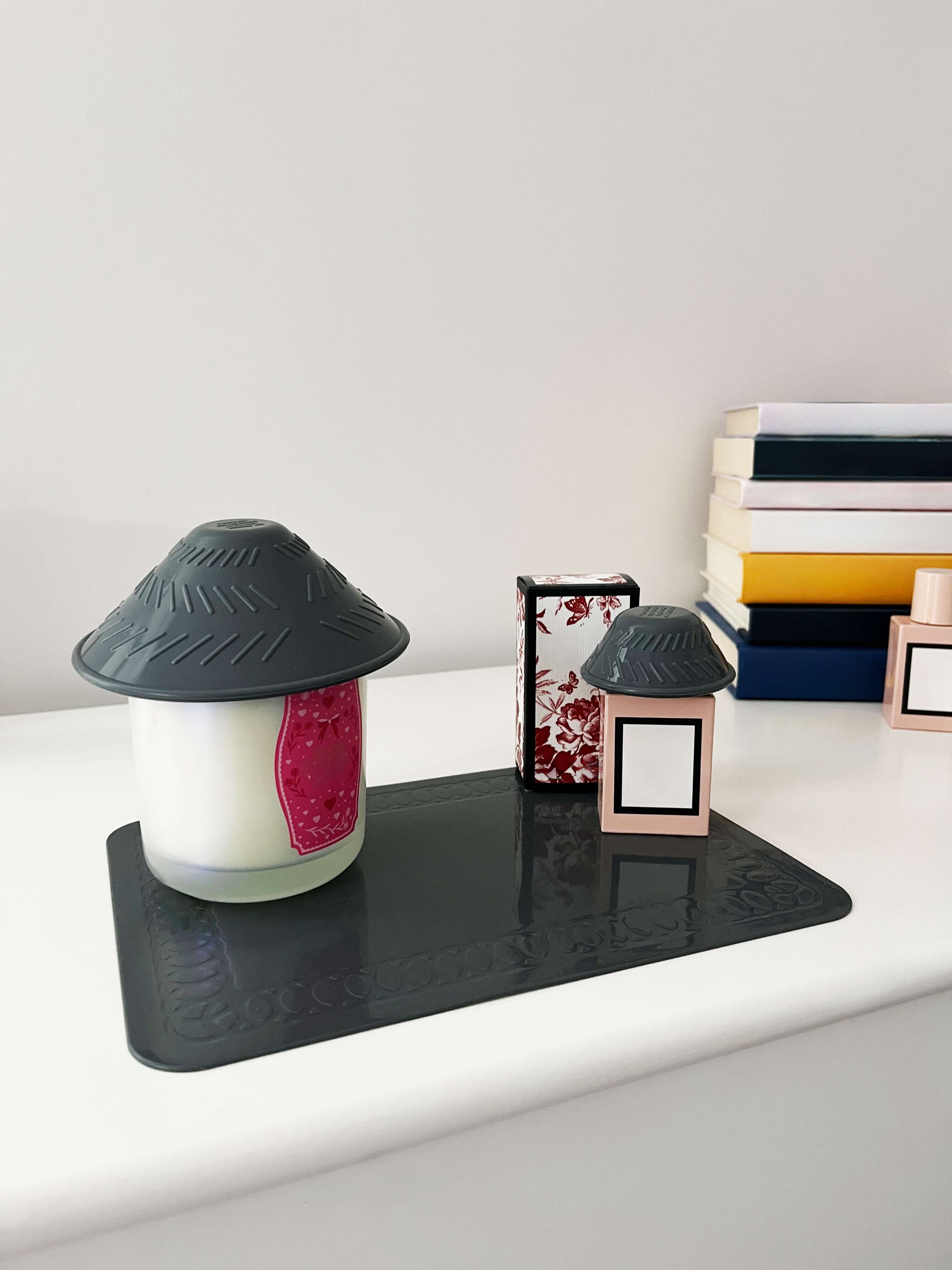 Exciting New Additions
Exciting New Additions
Firstly, we’re excited to introduce new colours to some of your favourite Tenura products! Our anti-slip coasters, jar openers, bottle openers, and table mats are now available in sleek grey and bold black. These new colour options allow for better coordination with modern interiors while still delivering the same reliable grip and safety you’ve come to expect.
But why stop there? Building on the popularity of our non-slip fabric rolls, we’re expanding our range with pre-cut non-slip fabric placemats and coasters. These ready-to-use items offer the same dependable grip and versatility as the original rolls, but with the added convenience of being cut to size and finished to complement your décor.
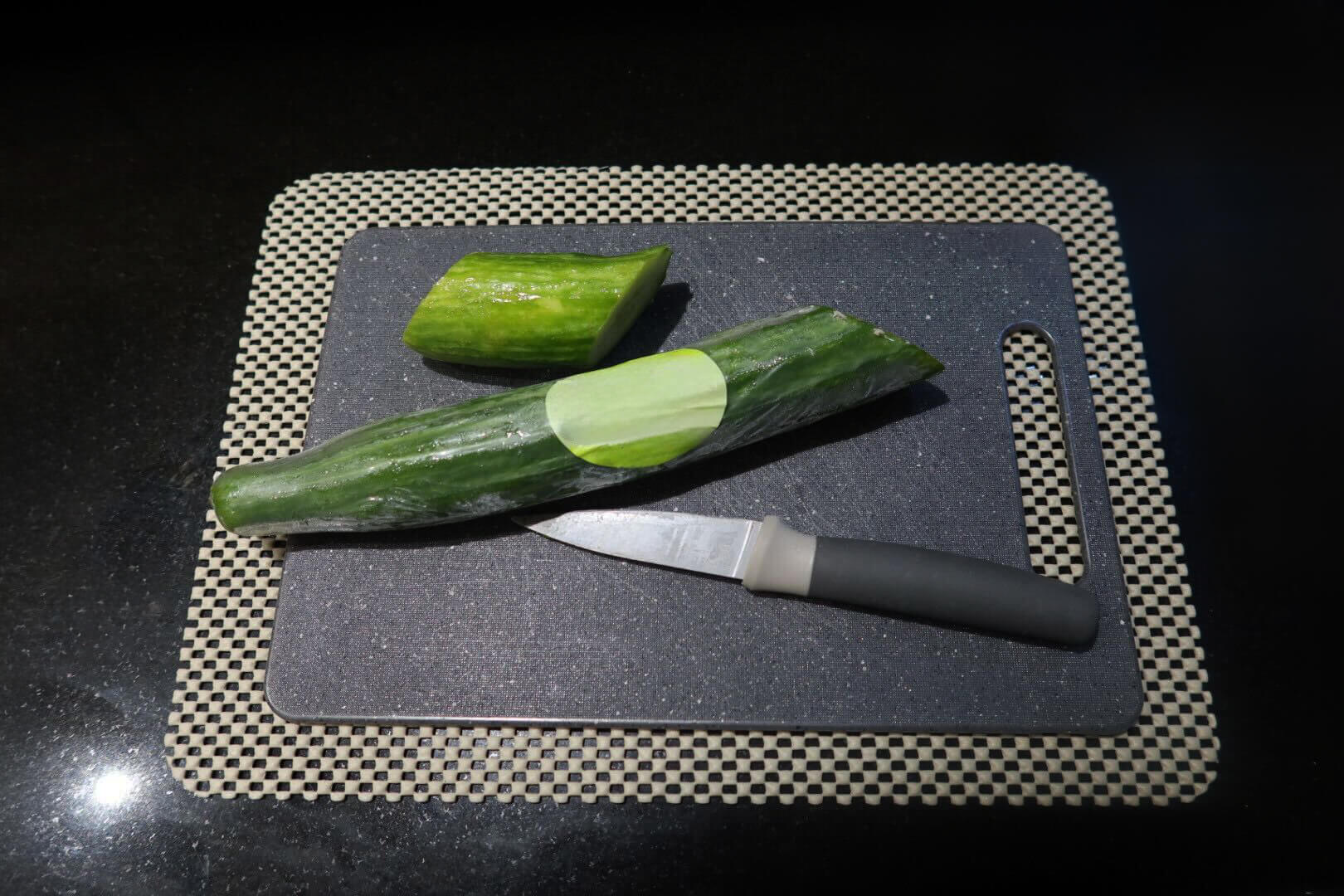 Available in five striking colours – black, beige, red, blue and white – these placemats and coasters are perfect for adding function and style to your kitchen, dining table or workspace. Whether you’re looking to prevent items from sliding, reduce noise, or simply add a touch of colour, these products deliver.
Available in five striking colours – black, beige, red, blue and white – these placemats and coasters are perfect for adding function and style to your kitchen, dining table or workspace. Whether you’re looking to prevent items from sliding, reduce noise, or simply add a touch of colour, these products deliver.
Premium Range
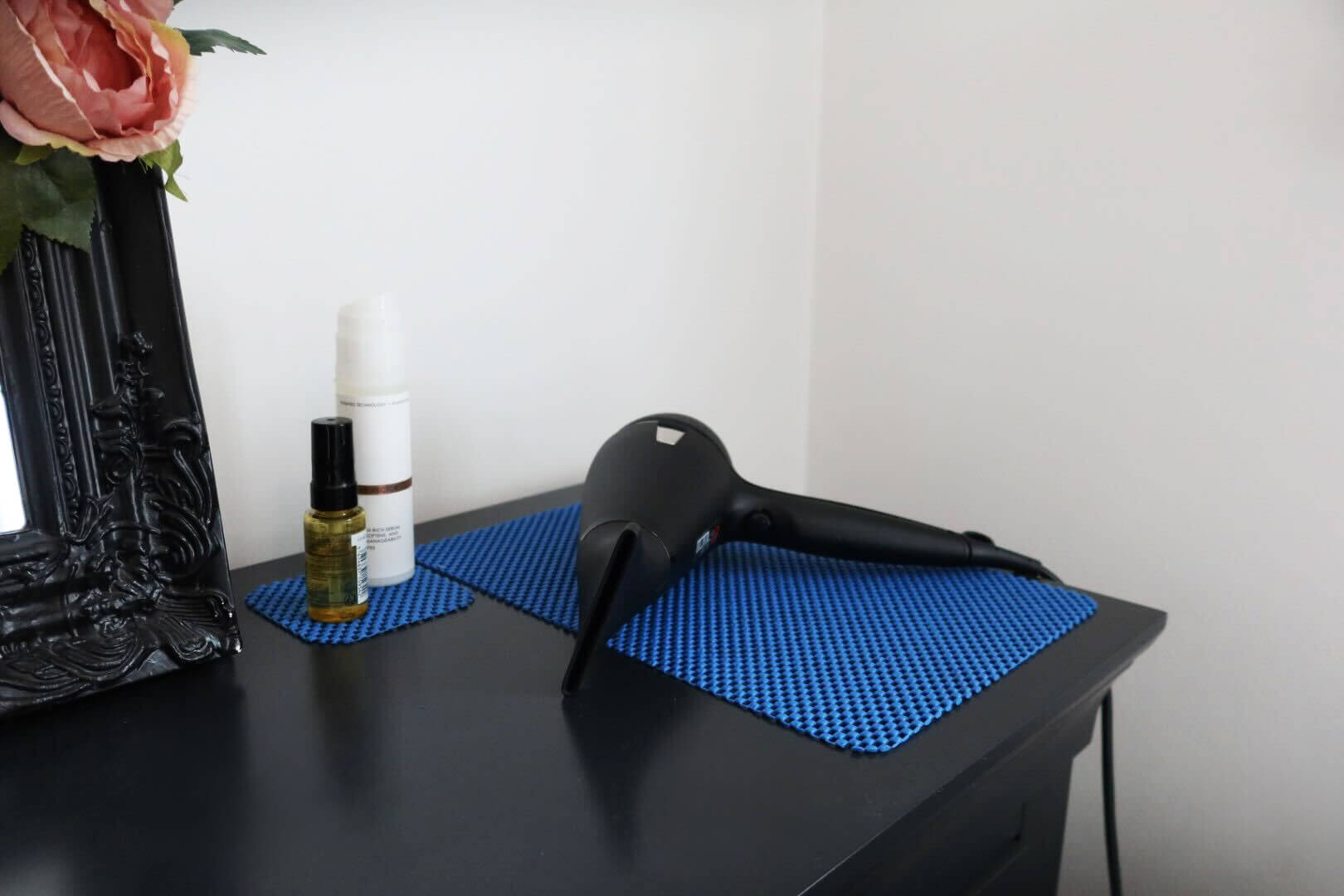 Again, why stop there? For those who want an even higher level of quality and performance, we will also launch a premium version alongside our non-slip fabric placemats and coasters. This upgraded material is more than double the thickness, providing even greater grip, durability, and protection. It will be available exclusively in black, offering a refined look that doesn’t compromise on functionality.
Again, why stop there? For those who want an even higher level of quality and performance, we will also launch a premium version alongside our non-slip fabric placemats and coasters. This upgraded material is more than double the thickness, providing even greater grip, durability, and protection. It will be available exclusively in black, offering a refined look that doesn’t compromise on functionality.
Our mission has always been to provide practical, stylish, and effective non-slip solutions for everyday life. These new additions reflect our continued commitment to safety, quality, and design.
Stay tuned for more updates and be the first to experience these exciting new products! As always, thank you for choosing Tenura – where safety meets style.
July is Juvenile Arthritis Month: A Moment for Awareness, A Lifetime for Those Affected.
July marks Juvenile Arthritis Awareness Month, a time dedicated to shining a spotlight on a condition too often misunderstood or overlooked; Juvenile Arthritis (JA). For advocates and supporters, this month is about education and action. But for the children and families living with JA everyday, this isn’t just a month – it’s their reality.
What is Juvenile Arthritis?
Juvenile Arthritis is an umbrella term for several autoimmune and inflammatory conditions causing persistent joint swelling, pain, and stiffness in children under 16. Unlike adult arthritis, which is caused mainly by wear and tear, JA results from the immune system mistakenly attacking the body’s own joints. This can affect mobility, growth, and overall quality of life.
The Daily Reality
JA is not just occasional aches or tiredness – it’s a chronic illness that disrupts childhood. Tasks many take for granted, like holding a pencil, climbing stairs, or playing with friends, can become overwhelming challenges.
Brianna was diagnosed with JA at just five years old. She recalls:
"I was born premature when my mom had an aneurysm, and I was diagnosed with JA when I was five. It started with a swollen ankle. I went to the doctor, and he thought I had fractured it, so he put me in a cast. Later, my parents noticed my right hand was swollen, so I went to the doctor again. They thought I fractured it, even though I never fell or hurt myself, and I was put in another cast. While I was dealing with two casts, my mom noticed my left hand was swollen, so I was admitted to the hospital. It was there that the doctors ran some tests and were able to diagnose me with arthritis."
Brianna’s story powerfully reminds us that juvenile arthritis can be difficult to recognise, even by trained medical professionals. Her journey highlights a common and troubling pattern: early symptoms like joint swelling or stiffness are often mistaken for injuries or growing pains, leading to misdiagnosis or delayed diagnosis. These delays can result in prolonged discomfort, unnecessary treatments, and lost time in starting the therapies that could prevent further joint damage. This is why awareness is so essential. When parents, teachers, healthcare providers and communities are informed about the signs of JA, children like Brianna are more likely to be accurately diagnosed and treated early, offering them a better chance at preserving their mobility and quality of life.
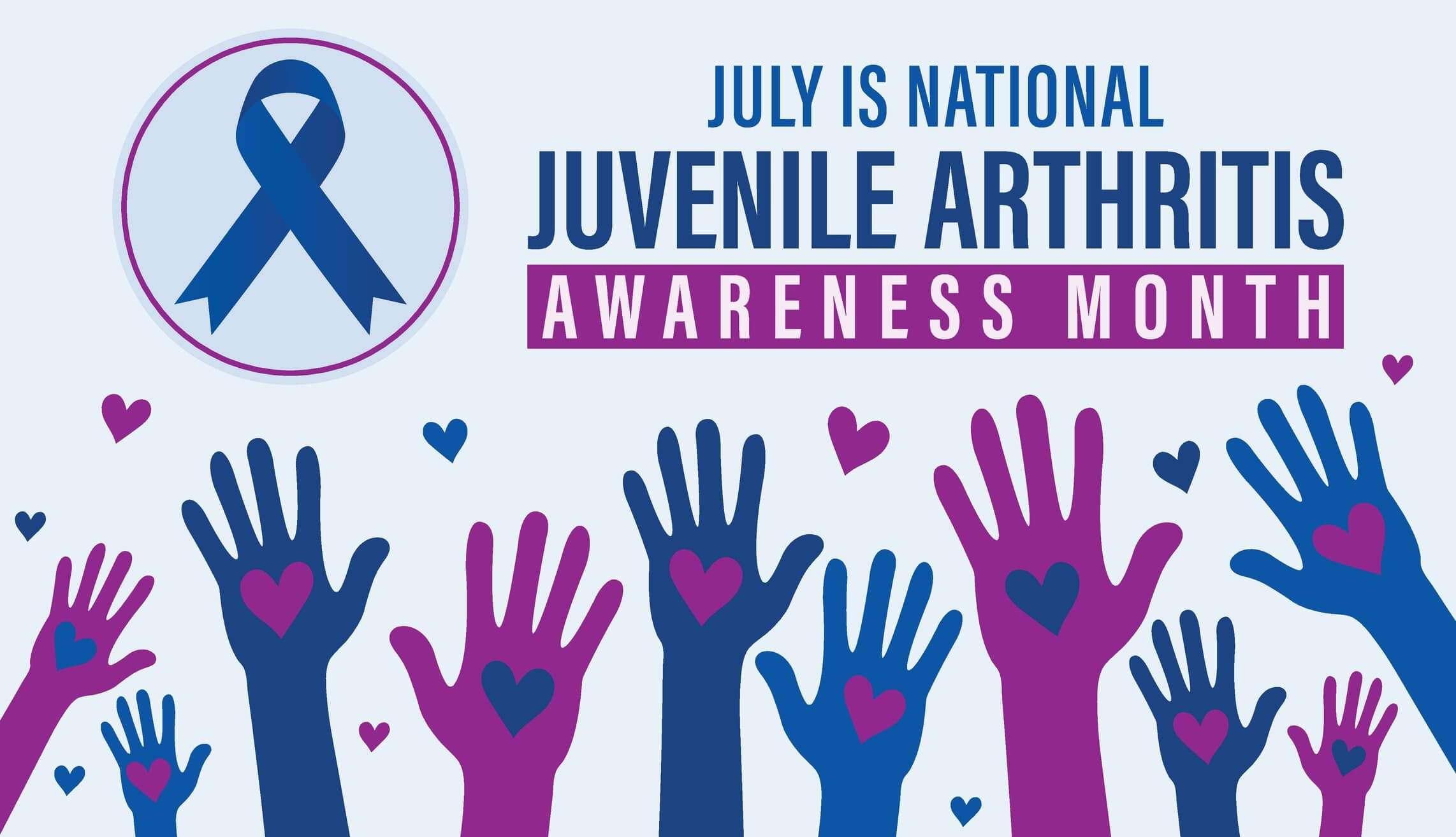
But awareness goes beyond simply recognising symptoms. It‘s also about transforming how we think about invisible illnesses—conditions that may not leave noticeable marks but still have a profound impact. Juvenile arthritis doesn’t always look like an illness from the outside. A child might appear fine on some days while silently enduring pain, fatigue, or stiffness. This invisibility often leads to misunderstanding and stigma, where children are labelled as lazy, overly dramatic, or difficult.
Changing that perception requires a cultural shift. Awareness means building compassion and creating supportive environments in every space a child enters—schools, playgrounds, homes, and medical offices. It means encouraging flexible school policies for attendance and participation, ensuring that classrooms are physically accessible, and educating peers and educators to understand what living with JA can look like. It also means emotional support for families who often feel isolated, navigating a complex and lifelong diagnosis.
When we move beyond facts and embrace empathy, we validate the experiences of children with JA and empower them. Awareness is the first step toward equality, inclusion, and healing.
The Ongoing Responsibility
Juvenile arthritis is more than a diagnosis; it is a daily challenge requiring resilience, support, and understanding. This July, as we observe Juvenile Arthritis Awareness Month, let us commit to learning more, supporting those affected, and advocating for a future where children with JA can thrive.
Improving Device Grip with Aqua Safe Bath Stickers
In an age where technology plays a significant role in daily life, individuals with mobility challenges, arthritis, or reduced grip strength often find it difficult to use electronic devices safely and comfortably. Whether it’s holding a phone, operating a tablet, or using a remote control, devices can easily slip from your hands or become difficult to manage. Our Anti-Slip Bath and Shower Stickers offer a simple yet effective solution to improve grip on various electronics and devices.
Why Anti-Slip Stickers are Ideal for Electronics
Our Aqua Safe stickers are made from a strong, non-abrasive material, making them perfect for adding a secure grip to devices without damaging them. They are gentle on bare skin, which is crucial for those with arthritis or reduced hand strength. Adding these anti-slip stickers to electronics can enhance grip strength, reduce the risk of dropping devices, and make them easier to handle, especially for those with physical challenges.
The Benefits for Those with Arthritis and Mobility Struggles
Many small but frustrating challenges can make technology feel less accessible. That’s why our anti-slip stickers are a practical solution, providing the extra grip needed to secure any device. This added stability helps make the digital world more navigable, reducing the worry and stress of accidental drops and adding greater control.
A Simple Solution
Our Stickers come in 200mm x 20mm strips or 40mm diameter circles, making them adaptable for any device. You can easily customise their placement for the best grip. Their strong self-adhesive backing ensures they stay securely in place without needing constant adjustments.
Unlike traditional non-slip pads, Tenura stickers are made from non-abrasive material, so they will not scratch or damage delicate electronics. They also offer a much cleaner solution than other grip aids. They are designed to be waterproof and durable, able to withstand varying temperatures, ensuring they continue to provide excellent grip for extended periods.
Stylish, Functional Protection
Not only do they improve the safety and functionality of electronics, but they also blend seamlessly into their design. Available in transparent and white options, the stickers won’t interfere with the aesthetic of your devices, making them both practical and stylish. With a wide variety of sizes, you can tailor the stickers to fit the needs of your devices without compromising their appearance.
A Small Addition That Makes a Big Difference
In a world where staying connected is more important than ever, our product offers a simple yet powerful way to make everyday tech more accessible and safer to use. Whether you're living with arthritis, reduced grip strength, or other mobility challenges, these discreet stickers provide added confidence, control, and comfort without compromising the look or feel of your devices. It’s a small change that can have a meaningful impact on daily life.
Travelling Abroad as an Older Person
Travelling in your later years is not only possible but incredibly rewarding. Whether it's experiencing new cultures, revisiting familiar places, or simply enjoying some well-deserved rest, the benefits of travel are vast. Studies show that travel can boost mental and physical health, foster a sense of independence, and create lasting memories. But it's natural to have concerns about comfort, mobility, and health while on the go. In this guide, we'll explore how you can address these issues and make your trip smoother and more enjoyable.
Planning Your Trip
 Choosing the Right Destination
Choosing the Right Destination
When selecting a destination, it’s essential to choose places that are accessible and senior-friendly. Look for destinations with good healthcare options, reliable infrastructure, and mild climates. A place with easily navigable streets, elevators, and transport systems will make your travel experience much more enjoyable. Consider destinations that cater to older travellers, such as resorts, cruises, or cities known for their accessibility.
Travel Insurance
No one plans for things to go wrong, but accidents and illnesses can happen, especially while travelling abroad. That's why it's important to purchase comprehensive travel insurance that covers unexpected medical costs, cancellations, and emergencies. Be sure the policy includes any pre-existing health conditions you may have.
Consulting with Your Doctor
Before you travel, make an appointment with your doctor to discuss any health concerns, medications, or vaccinations you may need for your trip. Carry copies of your prescriptions and medical records, particularly if you have ongoing health conditions.
Packing Tips
Health and Safety Supplies
Pack extra medication (in its original containers), a first-aid kit, and any mobility aids you might need while travelling. If you use medical devices like a hearing aid, CPAP machine, or an oxygen tank, ensure you have the necessary accessories and backup supplies.
Comfortable Clothing
Wearing the right clothing is essential for comfort during long flights or sightseeing excursions. Opt for lightweight, breathable clothes and comfortable shoes that support long walking.
Useful Tenura Products
Packing some simple yet effective aids can make a big difference. Tenura products like anti-slip mats are a must-have for hotel rooms or vacation rentals to prevent accidents. Tenura's grip aids can also help you carry luggage or use utensils, making it easier to enjoy your meals without worrying.
Staying Safe Abroad
Managing Health Issues While Abroad
Maintaining your health on the go is key. Stay hydrated, eat balanced meals, and avoid overexerting yourself. Don’t hesitate to rest if you feel tired and listen to your body. It's also a good idea to carry a list of emergency contacts, including the nearest hospitals or clinics to your accommodations.
Staying Safe
Always be mindful of your surroundings when you’re in a new city. Avoid risky areas and try to travel with a group whenever possible. Keep your valuables secure and carry a copy of your passport and travel documents in case anything goes missing.
Emergency Preparation
Accidents and emergencies can happen anywhere, so it’s essential to be prepared. Carry a list of emergency numbers for your destination (like the local embassy or consulate), and make sure your loved ones know your travel plans. If you have health concerns, inform the people you're travelling with and share any specific medical needs you may have.
Adapting to New Environments
Cultural and Environmental Adjustments
Adjusting to different time zones and local customs can take some time, so try to give yourself a break. Stay active but don’t push yourself too hard—take regular breaks and enjoy your surroundings leisurely. If you feel jet-lagged, take short naps or spend some quiet time to restore your energy.
Mobility and Accessibility
It’s important to ensure that your accommodations and transportation options are accessible. Look for hotels that offer accessible amenities, such as lifts, wide doorways, and walk-in showers. If you’re using a wheelchair or walker, ensure the destination has ramps or accessible entrances.
Enjoying New Experiences
Embrace Local Activities
Don’t hesitate to explore new experiences but choose activities that are gentle on your body. Scenic walks, cultural tours, and sightseeing cruises are great ways to enjoy a destination at your own pace.
Taking Time to Rest
It’s important to pace yourself, especially if you’re travelling to a busy destination. Schedule time for relaxation between sightseeing or adventures, whether it’s enjoying a quiet café or relaxing in your hotel room. Remember, travel is meant to be enjoyable, not exhausting!
With thoughtful planning, the right precautions, and a few helpful tools, you can explore the world with confidence and ease. Whether you’re venturing somewhere new or revisiting a favourite place, age should never be a barrier to adventure!
Family and Caregiver Support - Navigating Challenges
Caregiving is a crucial yet challenging role. Whether it’s the support of an aging parent, a spouse with chronic illness, or a loved one with special needs, being a caregiver can be a deeply emotional and physically demanding experience. As a family member or caregiver, you’re responsible for someone’s well-being and navigating a landscape that can sometimes feel overwhelming.
In this blog, we’ll explore the importance of family and caregiver support, the challenges caregivers face, and some practical tips to help you care for both your loved one and yourself.
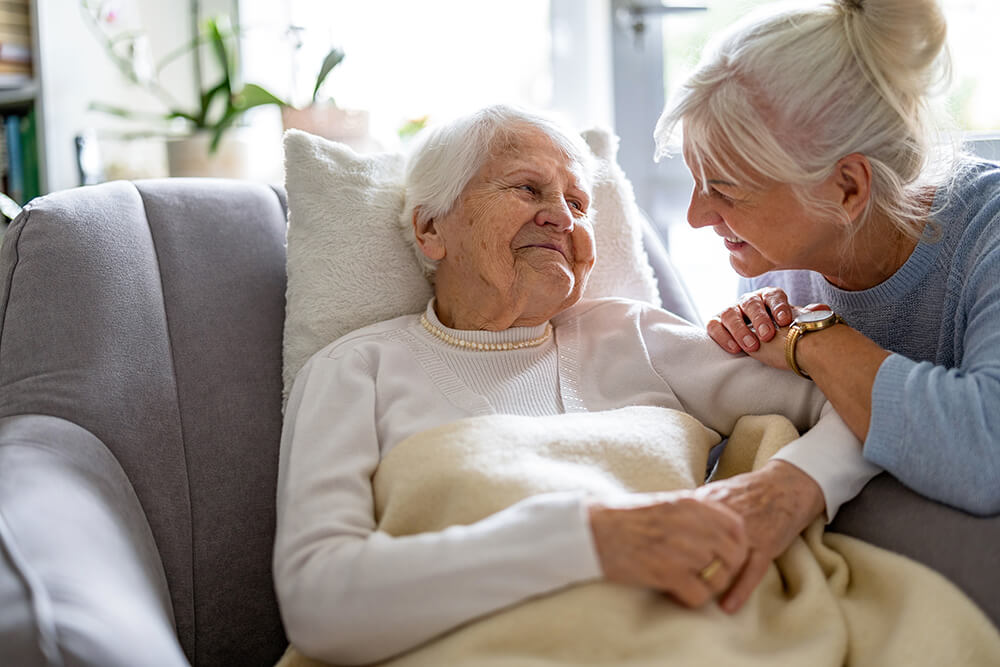 The Importance of Family and Caregiver Support
The Importance of Family and Caregiver Support
Family and caregiver support are the foundations of a loved one’s well-being. Whether it’s helping with day-to-day tasks or providing emotional care, your role is critical to their comfort and happiness. However, it's essential to recognise that caregiving isn’t just about the person being cared for; your own well-being matters too. Supporting caregivers, through both emotional and practical means, strengthens the family unit and ensures that caregivers are better equipped to handle the demands of the role.
Practical Tips for Caregivers
Time can sometimes feel like it is constantly running away from you, and it can be very hard for a caregiver to take time for themselves. Creating a structured schedule can help balance caregiving and personal time, making daily tasks more manageable.
You don’t have to do it all alone—ask for help from family, friends, or professionals. Accepting support ensures the best care for your loved one while giving you the break you deserve.
Prioritizing self-care is essential. Whether it’s a walk, yoga, or a quiet moment with a book, taking time for yourself helps you stay strong. And don’t be afraid to delegate—sharing responsibilities prevents burnout and makes caregiving a little easier for everyone involved.
Resources Available to Caregivers
Thankfully, there are numerous resources designed to support caregivers
- Respite Care: Temporary care services that allow caregivers a break to rest and recharge.
- Support Groups: Local or online support groups where caregivers can share experiences, offer advice and find emotional reliefFinancial Assistance: Programs such as Medicaid, Veterans Benefits, and local charity organisations can provide financial support for caregiving costs.
The Role of Technology in Caregiving
Technology can make caregiving easier and less stressful. Apps that provide medication reminders help you keep track of prescriptions and appointments, ensuring your loved one stays on schedule. Emergency alert systems, like fall detectors or emergency buttons, offer peace of mind by making help instantly accessible when needed. Smart home devices, such as voice-activated assistants and automated lighting, can also simplify daily tasks, creating a safer and more manageable environment for both you and your loved one.
How Tenura Can Help Ease the Caregiving Journey
At Tenura, we understand the challenges that caregivers face daily, which is why we’ve designed a range of products to make caregiving easier, safer, and more comfortable. Our innovative, non-slip silicone aids are specifically created to provide enhanced grip and reduce the risk of accidents, whether you’re assisting with mobility, handling medication, or managing daily tasks.
From Grip Strips for easier handling of items like containers, appliances, and tools, to Non-Slip Mats that keep items securely in place, our products are designed to reduce any physical strain. This allows you to focus on what matters most, without worrying about slipping, accidents or muscle fatigue.
Our products also support independence for those you care for, helping them confidently engage in daily activities. By incorporating Tenura’s practical solutions, you can create a safer environment, reduce physical stress on both yourself and your loved one, and ultimately improve your caregiving experience.
Caring for a loved one is never easy, but Tenura is here to help make the journey a little smoother, safer, and more manageable.
You are not Alone
Caregiving is an incredibly demanding yet rewarding role, and it’s important to remember that you are not alone. Your love and dedication matter more than you might realise. Be kind to yourself, celebrate the small victories, and don’t hesitate to ask for support when you need it.
You are making a difference, and by seeking help and prioritizing your well-being, you can continue to provide the best care possible for your loved one.
Local Area Activities for the Elderly
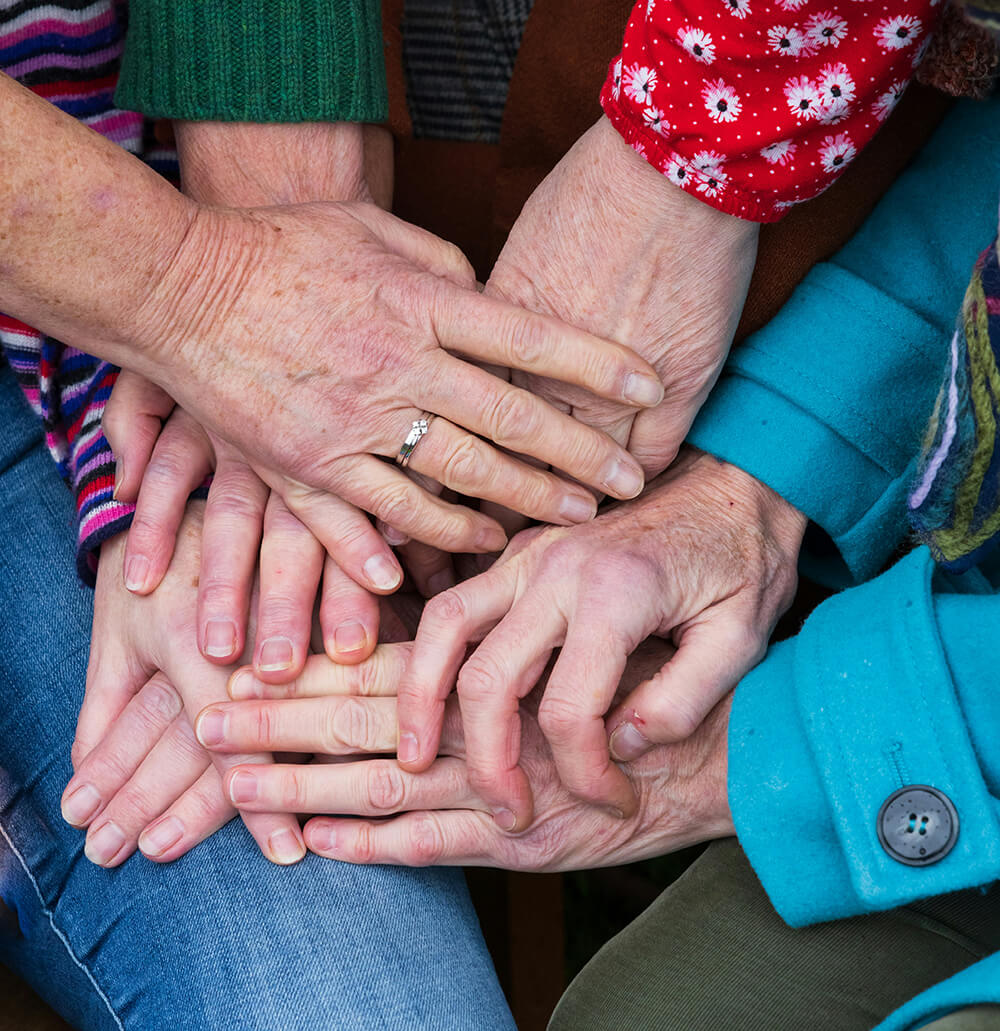 Staying active and engaged in the community is essential at any stage of life, but it becomes even more valuable as we age. It’s about staying physically healthy, mentally sharp, and socially connected. Whether it’s joining a hobby group, attending community events, or volunteering, getting involved in local activities can bring a renewed sense of purpose and improve overall well-being. In this blog, we explore local communities and the many benefits of involvement for the elderly and how small steps toward engagement can lead to a happier, healthier lifestyle.
Staying active and engaged in the community is essential at any stage of life, but it becomes even more valuable as we age. It’s about staying physically healthy, mentally sharp, and socially connected. Whether it’s joining a hobby group, attending community events, or volunteering, getting involved in local activities can bring a renewed sense of purpose and improve overall well-being. In this blog, we explore local communities and the many benefits of involvement for the elderly and how small steps toward engagement can lead to a happier, healthier lifestyle.
The Joy of Getting Involved: How Activities & Classes Enrich Life
Getting involved in local activities, clubs, and classes is one of the best ways to bring fun, purpose, and connection into everyday life. Whether it’s joining a book club, learning a new craft, taking up dance, or volunteering, participating in group activities keeps life exciting and fulfilling. Here are some of the amazing benefits:
1. Keeps Your Mind Sharp & Engaged
Learning something new—whether it’s a language, musical instrument, or creative hobby—keeps the brain active and engaged. This helps improve memory, problem-solving skills, and overall cognitive function while making learning an enjoyable and social experience.
2. Builds Meaningful Friendships
One of the greatest joys of joining a class or group is the friendships you make along the way. Shared interests create strong connections, and having a regular social circle reduces feelings of loneliness while adding more laughter and joy to life.
3. Boosts Happiness & Confidence
Trying something new and seeing yourself improve brings a fantastic sense of accomplishment. Whether it’s mastering a new skill or simply enjoying a fun activity, taking part in group sessions boosts self-esteem, positivity, and overall happiness.
4. Reduces Stress & Lifts Your Mood
Participating in enjoyable activities is a fantastic stress-reliever. Creative outlets like painting, music, or gardening help relax the mind, while social interactions and shared laughter naturally boost mood and reduce anxiety.
5. Creates Lifelong Memories & Experiences
Every new class, hobby, or group meeting brings the chance to create new memories, stories, and experiences. From learning to bake a new dish to performing in a local play, these moments add colour and excitement to life.

Local Communities
What is U3A?
The University of the Third Age (U3A) is a vibrant, community-led movement that offers lifelong learning and social opportunities for people in their later years. Designed for those who are retired or semi-retired, U3A provides a wide range of activities, from educational courses and creative workshops to social events and fitness groups. Unlike traditional universities, U3A focuses on peer-to-peer learning, where members share their knowledge and skills in a friendly, informal setting. With local groups across the UK and internationally, U3A is a fantastic way for older adults to stay mentally active, make new friends, and continue exploring their interests.
U3A aims to be as accessible as possible – classes are held in various locations. Groups meet either at somebody’s home, or in a room in a local library, church or community centre. U3A also has the option of joining virtually with people all over the world.
What is The Women’s Institute (WI)?
The Women's Institute is more than just a social club; it’s a thriving community that offers a wealth of benefits, particularly for elderly members. Joining the WI provides older individuals with an opportunity to stay socially connected, reducing the risk of loneliness and isolation—two key concerns in later life. With a diverse range of activities, including crafts, cooking, educational talks, and charity work, members can continue to learn new skills and stay mentally engaged. The WI also promotes physical well-being through group activities and events, encouraging members to stay active. Additionally, being part of a supportive and like-minded community can boost confidence, provide a sense of purpose, and create lasting friendships. Whether it's sharing stories over a cup of tea or contributing to local projects, the WI empowers elderly members to remain active, valued, and connected in their communities.
What are Rotary Clubs?
Rotary Clubs are global service organisations that bring together individuals who are passionate about making a difference in their communities. While Rotary is open to all ages, it offers significant benefits for elderly individuals looking to stay engaged, active, and socially connected. Many retirees join Rotary to continue using their skills and experience in meaningful ways, whether through charity work, mentoring, or organising community projects. Regular meetings provide opportunities to connect with like-minded people, reducing loneliness and fostering friendships. Rotary also promotes lifelong learning through guest speakers and workshops, keeping members mentally stimulated. For those who prefer a more social focus, Probus Clubs, an extension of Rotary, cater specifically to retired individuals by offering social events, trips, and networking opportunities without service commitments. Joining Rotary allows elderly members to stay involved and give back to their communities while enjoying a fulfilling and active lifestyle.
Find What Brings You Joy!
Whether it’s joining a book club, signing up for an art class, or participating in a local walking group, getting involved in activities enriches life in many ways. It’s all about having fun, meeting wonderful people, and making the most of every moment! So why not give something new a try? You might just discover a new passion that brings endless joy and fulfilment!